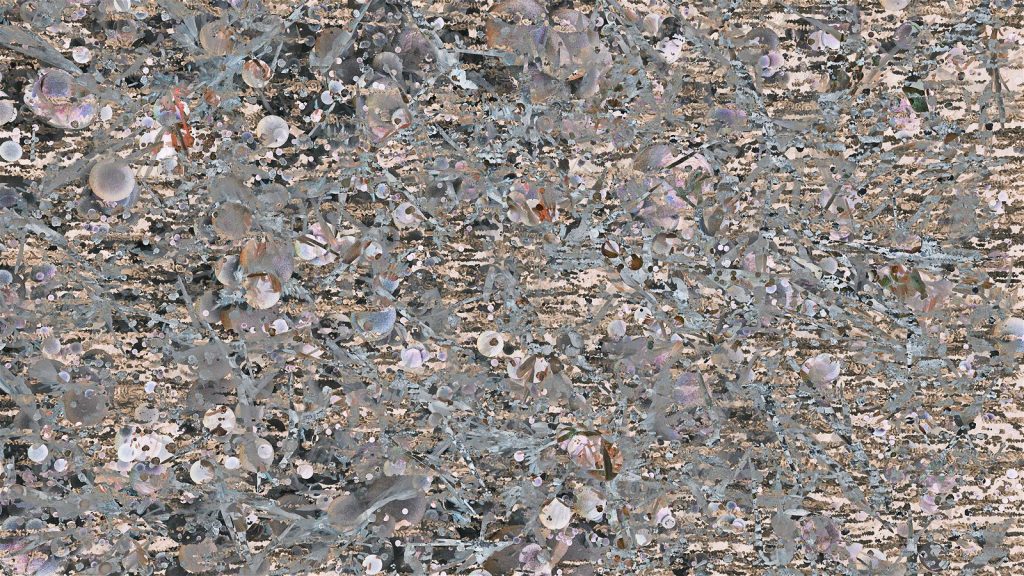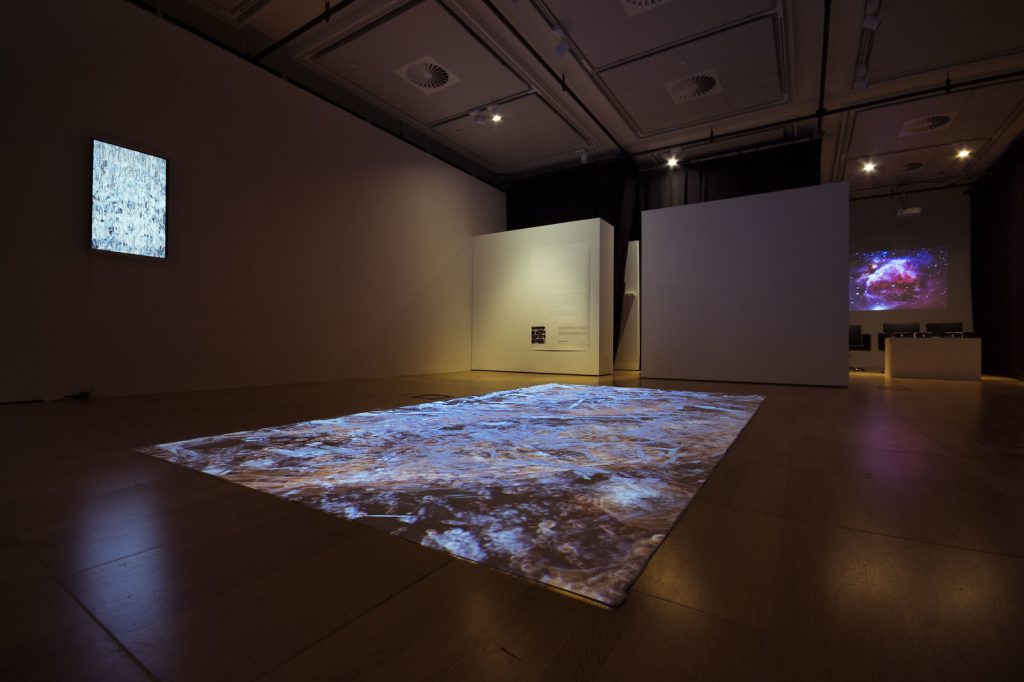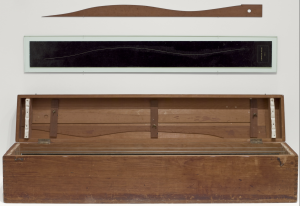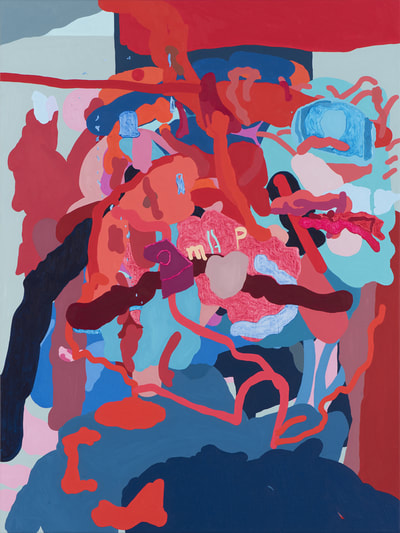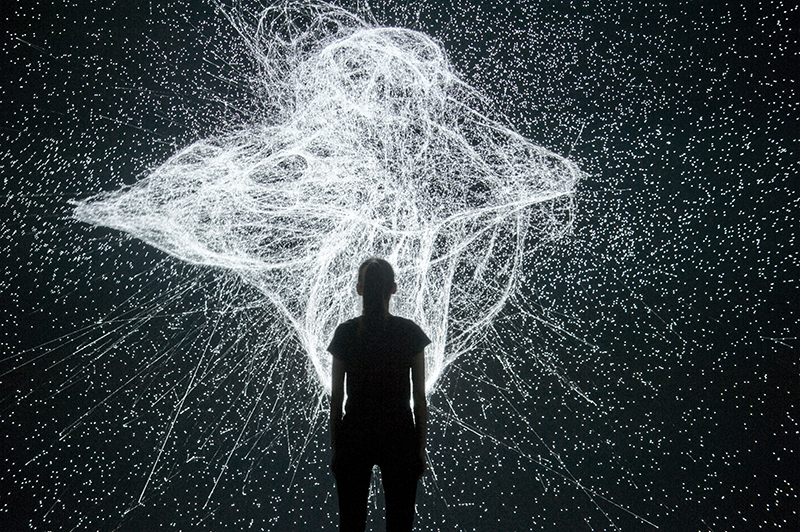Generative randomness — CHARLES STREET CAR PARK
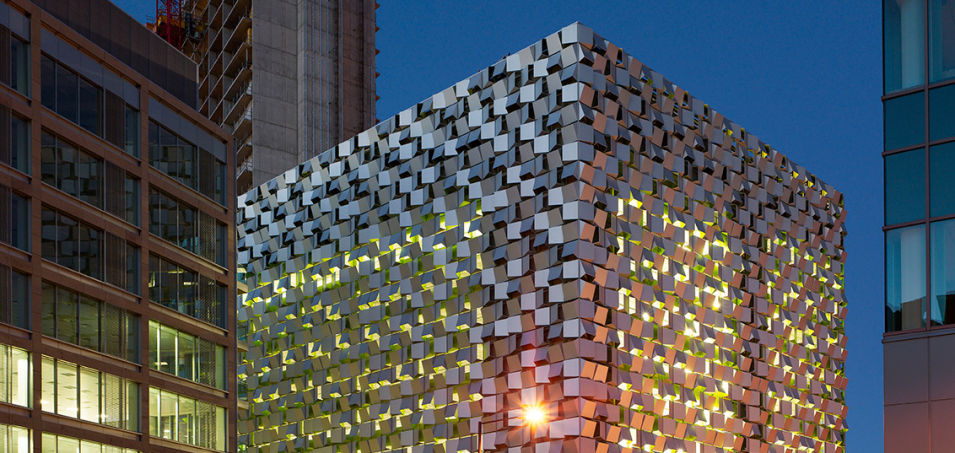
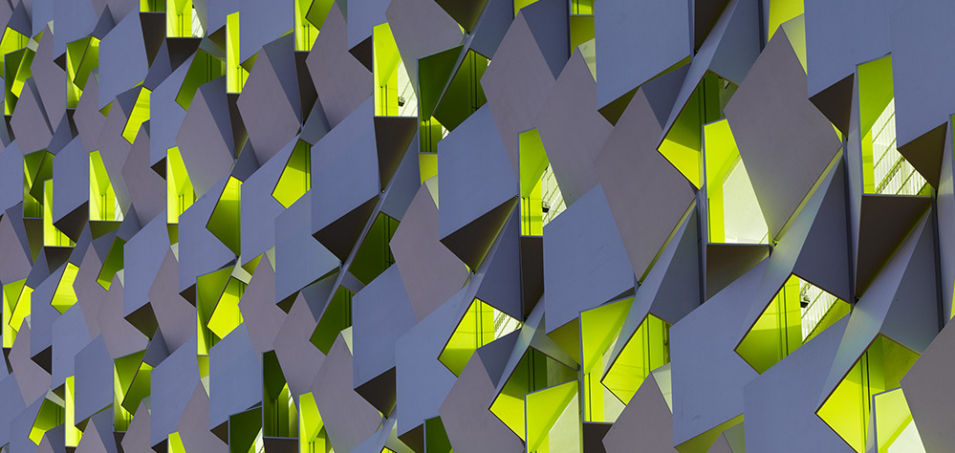

Seemingly random pattern can be generated by a comprehensive computational logarithms. This multi story public parking space in Sheffield city centre has natural anodized aluminum panels on its external envelope. Each of the aluminum panel is manufactured from a single sheet of folded aluminum hung in four different orientations with a seemingly random rhythm. The gaps between the panels in four direction provides natural ventilation and creates a sense of sculpture for a box.
![[OLD FALL 2019] 15-104 • Introduction to Computing for Creative Practice](https://courses.ideate.cmu.edu/15-104/f2019/wp-content/uploads/2020/08/stop-banner.png)

